White Bread Recipe from 1953 BH&G Cookbook?
gilmoregal
15 years ago
Featured Answer
Sort by:Oldest
Comments (46)
grainlady_ks
15 years agogilmoregal
15 years agoRelated Discussions
Old cookbook ... unique cookbooks ...
Comments (25)I have a copy of, "the NEW Fannie Farmer-Boston Cooking-School COOK BOOK", 1953. My father, in his retirement, took on the care of several Summer homes in Southern Maine. He would check on them during the winter, board up windows against storms, uncover rose gardens when the time was right, deal with emergencies...that kind of thing. During the Summer, when people were in residence, he was sort of a general, all around handyman. His largest client was old money...there was a beach named after the family, a road named after the family, and a huge home, loaded with antiques that had been the original furnishings. An elderly Black woman came up every summer from South Carolina to be their cook for the season. Little bittie thing, set in her ways and stubborn as heck, but since she'd been cooking for the family for decades, she knew what they liked and how to manage them. I had been separated from my father at age 5, and when I found him again in my early 30's, I went out to stay with him and my stepmother for a year to get to know them. He took me down to meet Marguerite. She was a kick, and we got along...several years later, when she knew that she wouldn't be able to make it up again the next season (or ever), she gave my father her Fannie Farmer for me. It still has a bunch of book marks in it, some with shopping lists, some with her name, some with cryptic notes I can't decipher, all in the same, slanted hand. I actually use the book quite a bit, but I don't disturb the bookmarks. I sometimes puzzle over the marked pages, wondering which recipe she had marked... I also have my mother's copy of "The Complete American-Jewish Cookbook",1952. It has a separate section of Passover recipes. There are no pork recipes, naturally. Generally, the cookies and bread recipes are good. As for unique...I have an Ethiopian cookbook...the only one I've been able to find. "Exotic Ethiopian Cooking-Society, Culture, Hospitality, & Traditions. I've only made a couple of dishes out of it. I love Ethiopian food, and when I found out how much Nit'ir Qibe (purified herb & spice butter) is used in most of the dishes I love, I realized why I love them. For example, in dishes made from 1 pound of ground beef, it is not unusual that they contain a cup of butter. A typical lentil dish pairs 2 cups of lentils with 2 cups of butter. No wonder I love it!...See MoreRecipes: from Philly Neighborhood Cookbook
Comments (48)Here is another one from the same cookbook. This one sounds good. Similar to another Asian chicken wing recipe I have but this one is missing fresh garlic. Chicken Wings with Oyster Sauce 2 Recipe By: Serving Size: 4 Cuisine: Uncategorized Main Ingredient: Chicken Categories: Ginger, Soy Sauce, Sherry, Chicken -= Ingredients =- 10 - 12 Chicken wings 1 slice of fresh ginger Vegetable oil for frying 3 - 4 tablespoons of oyster sauce 2 tablespoons of soy sauce 1 tablespoon of dry sherry 1/2 teaspoon of sugar 1 cup of water -= Instructions =- Divide chicken wings into 2 pieces by separating the large joint from the v-shaped piece. In a wok or large skillet, add ginger slice and enough oil to cover bottom of pan and heat until hot. Brown the wings (cook half at a time so as not to overcrowd skillet). Pour out excess oil and discard ginger slice. Add all remaining ingredients to wok or skillet, cover and simmer 10 minutes. Remove lid and cook another 10-15 minutes, or until wings are tender and sauce is reduced. During cooking, baste wings frequently with sauce. When done, wings should be coated with a heavy glaze of sauce. *Available at many supermarkets and at Oriental and specialty food shops. Taken from "The Original Philadelphia Neighborhood Cookbook" by Irma Smith and Ann Hazan, published by Camino Books, Philadelphia, PA, c. 198& Please note that these recipes have been provided with the permission of and courtesy of the copyright holders....See MoreBaking cookbooks - Baking With Julia, and the W. S. Bread book
Comments (4)Sally, Baking with Julia is one of my favourite cookbooks. I use her recipe for French bread and it is her recipe I use for Croissants and the Pain au Chocolate. I can highly recommmend both recipes. If you are really in the mood for baking you can't go wrong with the croissants. Make half croissants and half Pain au Chocolate. They freeze well too. I know that there are a few more recipes in that cookbook that I have made, but unfortunately, Moe already boxed up all my cookbooks so I'm without any cookbooks until after we get moved. Or until I have at least 80 feet of bookshelves built. LOL! Ann...See MoreRECIPE: Orange Chocolate Bread Pudding
Comments (1)This sounds just the thing for me! I love the jaffa flavouring. Thanks!...See Morebessiedawg
15 years agograinlady_ks
15 years agogilmoregal
15 years agograinlady_ks
15 years agodebrak2008
10 years agodonnar57
10 years agofoodonastump
10 years agodebrak2008
10 years agosheilajoyce_gw
10 years agoJasdip
10 years agoBarbara Bodager
3 years agoplllog
3 years agobragu_DSM 5
3 years agolast modified: 3 years agoBarbara Bodager
3 years agoplllog
3 years agoBarbara Bodager
3 years agoplllog
3 years agofoodonastump
3 years agolast modified: 3 years agolindac92
3 years agoarkansas girl
3 years agofoodonastump
3 years agolast modified: 3 years agoplllog
3 years agofoodonastump
3 years agolast modified: 3 years agocarolb_w_fl_coastal_9b
3 years agolast modified: 3 years agoplllog
3 years agolast modified: 3 years agoplllog
3 years agoplllog
3 years agofoodonastump
3 years agolast modified: 3 years agolindac92
3 years agoplllog
3 years agofoodonastump
3 years agocarolb_w_fl_coastal_9b
3 years agolast modified: 3 years agolizbeth-gardener
3 years agoplllog
3 years agocarolb_w_fl_coastal_9b
3 years agoWalnutCreek Zone 7b/8a
3 years agoediej1209 AL Zn 7
3 years agoBarbara Bodager
3 years agoplllog
3 years agocarolb_w_fl_coastal_9b
3 years agoWalnutCreek Zone 7b/8a
3 years agobragu_DSM 5
3 years agoplllog
3 years ago
Related Stories
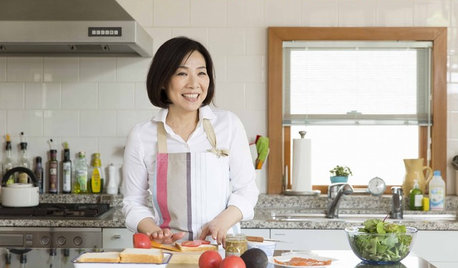
KITCHEN DESIGNWorld of Design: Favorite Recipes From Food Lovers Around the Globe
Travel with your tastebuds and experience for yourself these international foodies' favorite dishes
Full Story
KITCHEN DESIGNHouzz Call: What’s Cooking in Your Kitchen?
Most of us turn to recipes, videos and culinary shows when we cook. Where do you set your cookbook, tablet or TV screen?
Full Story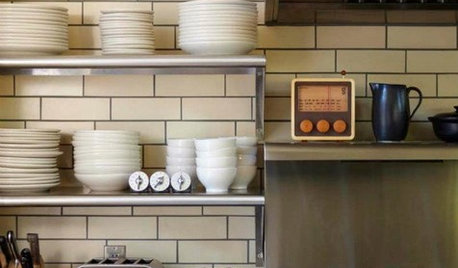
KITCHEN DESIGNCreate Your Own Checklist for a Well-Stocked Kitchen
Personalize the kitchen with your own must-haves from our list of top cooking tools, small appliances, pots, pans and more
Full Story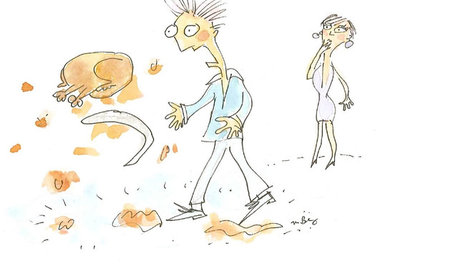
MOST POPULARThanksgiving Tales: When the Turkey Tanks
Houzz readers prove adept at snatching victory from the jaws of entertaining defeat
Full Story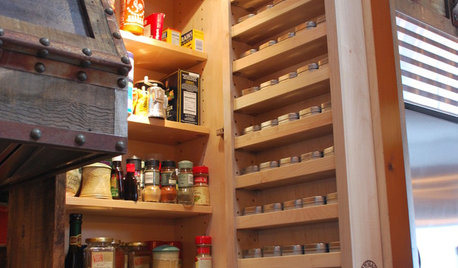
KITCHEN DESIGN7 Steps to Pantry Perfection
Learn from one homeowner’s plan to reorganize her pantry for real life
Full Story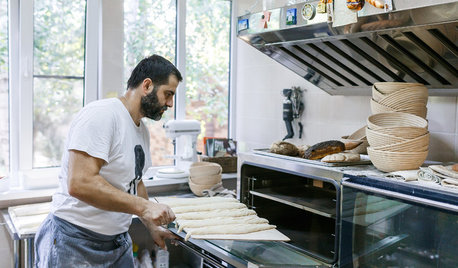
KITCHEN DESIGNWorld of Design: Global Foodies and Their Kitchens
Join us as 11 food lovers tell us about their kitchens and give us a taste of their culinary heritage
Full Story
KITCHEN DESIGNHouzz Call: Tell Us About Your First Kitchen
Great or godforsaken? Ragtag or refined? We want to hear about your younger self’s cooking space
Full Story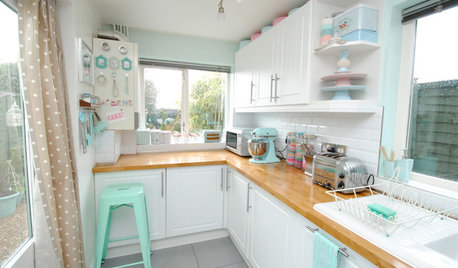
KITCHEN DESIGNGet Your Kitchen ‘Bake Off’ Ready
Make it easy to whip up a cake or a batch of cookies with these tips for organizing your space
Full Story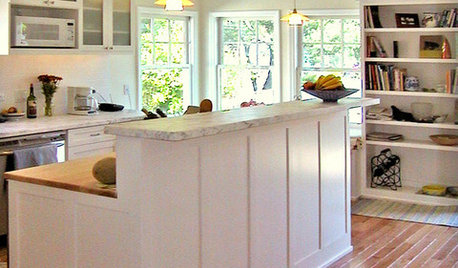
KITCHEN DESIGN8 Kitchen Organizing Ideas for Messy Cooks
Not the clean-as-you-go type? Not to worry. These strategies will help keep your kitchen looking tidy no matter what your cooking style is
Full Story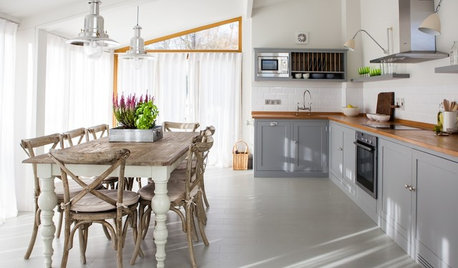
DECLUTTERINGFoolproof Ways to Declutter Your Kitchen
If you find yourself fumbling through cupboards to find what you’re looking for, it’s time to take action with these simple steps
Full Story


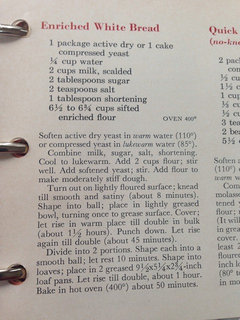
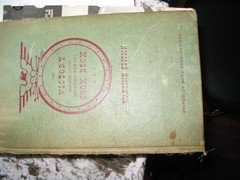

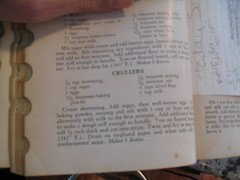
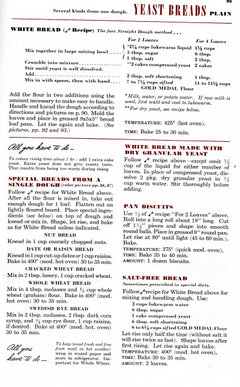
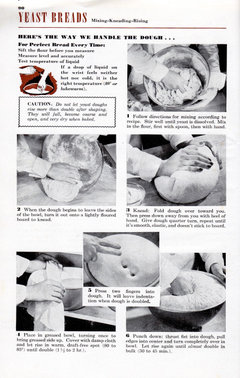

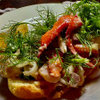
Pamela Bodager